Their knuckles were white, their palms were sweating, and they were driving 15 mph on what’s considered the scariest mountain pass in North America. The drop to their right plunged thousands of feet with no guardrail in sight.
The incoming weather threatened to turn the narrow asphalt into a sheet of ice. Every fiber in their body screamed, “turn around,” but something deeper kept them moving forward.
Adventure seekers tired of predictable road trips have always wondered about those legendary, dangerous mountain roads that separate casual drivers from true enthusiasts.
They’ve seen the jaw-dropping photos and heard the hair-raising stories, but they’re left with burning questions: Is the risk worth it? How does one prepare for something this intense? And most importantly, will they regret not taking on the challenge?
Here’s the truth about mountain driving on America’s most notorious pass: it will test every skill drivers have, demand preparation they never knew they needed, and deliver an experience that fundamentally changes how they view both driving and themselves.
Adventurous travelers will discover which mountain pass earned its terrifying reputation, what specific dangers await them on every switchback, and the essential strategies that separate successful adventurers from cautionary tales.
The question isn’t if someone is brave enough; it’s if they’re prepared enough.
The Scariest Mountain Pass We’ve Ever Driven – And Why You Should Too
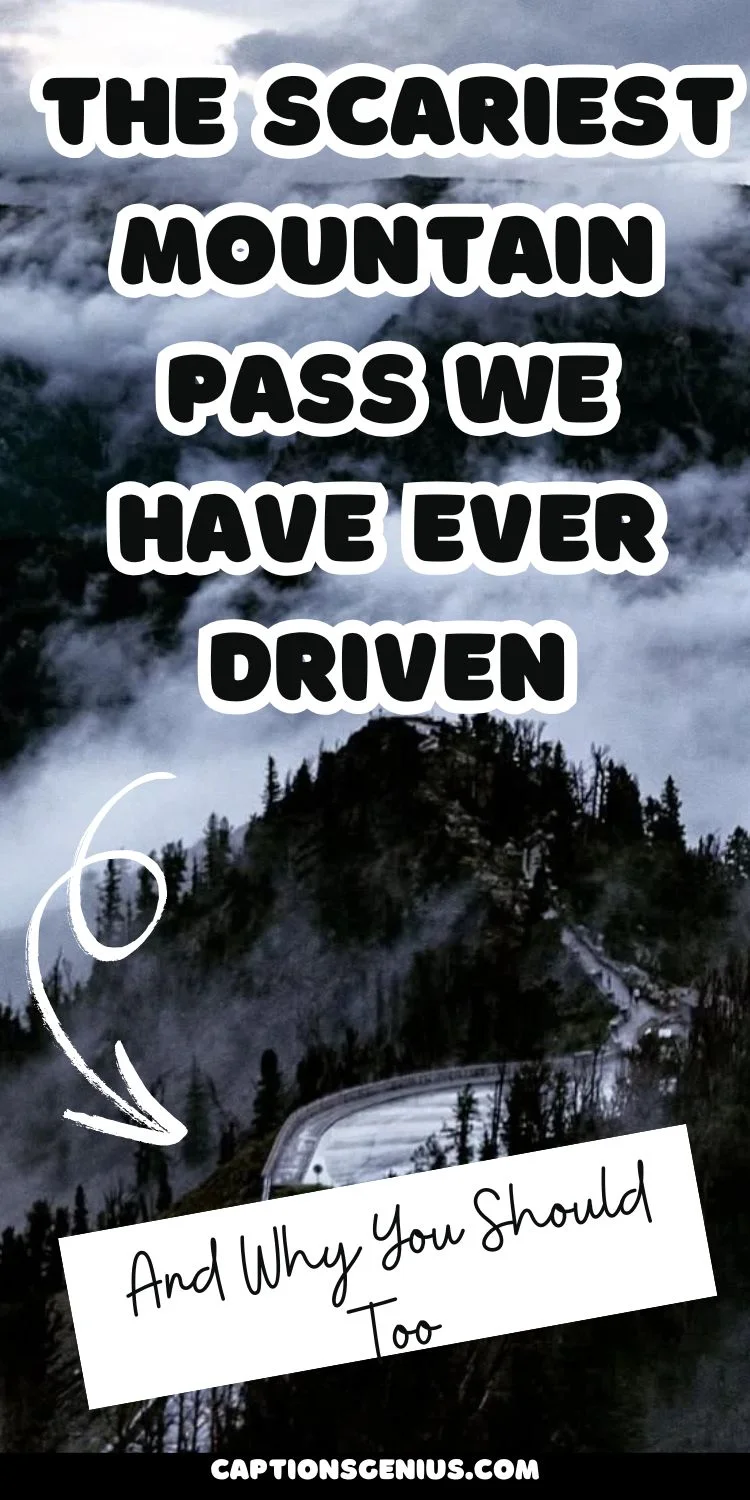
Meet the Beartooth Pass: America’s Most Notorious Scariest Mountain Pass
Location and Elevation: Where Earth Touches Sky
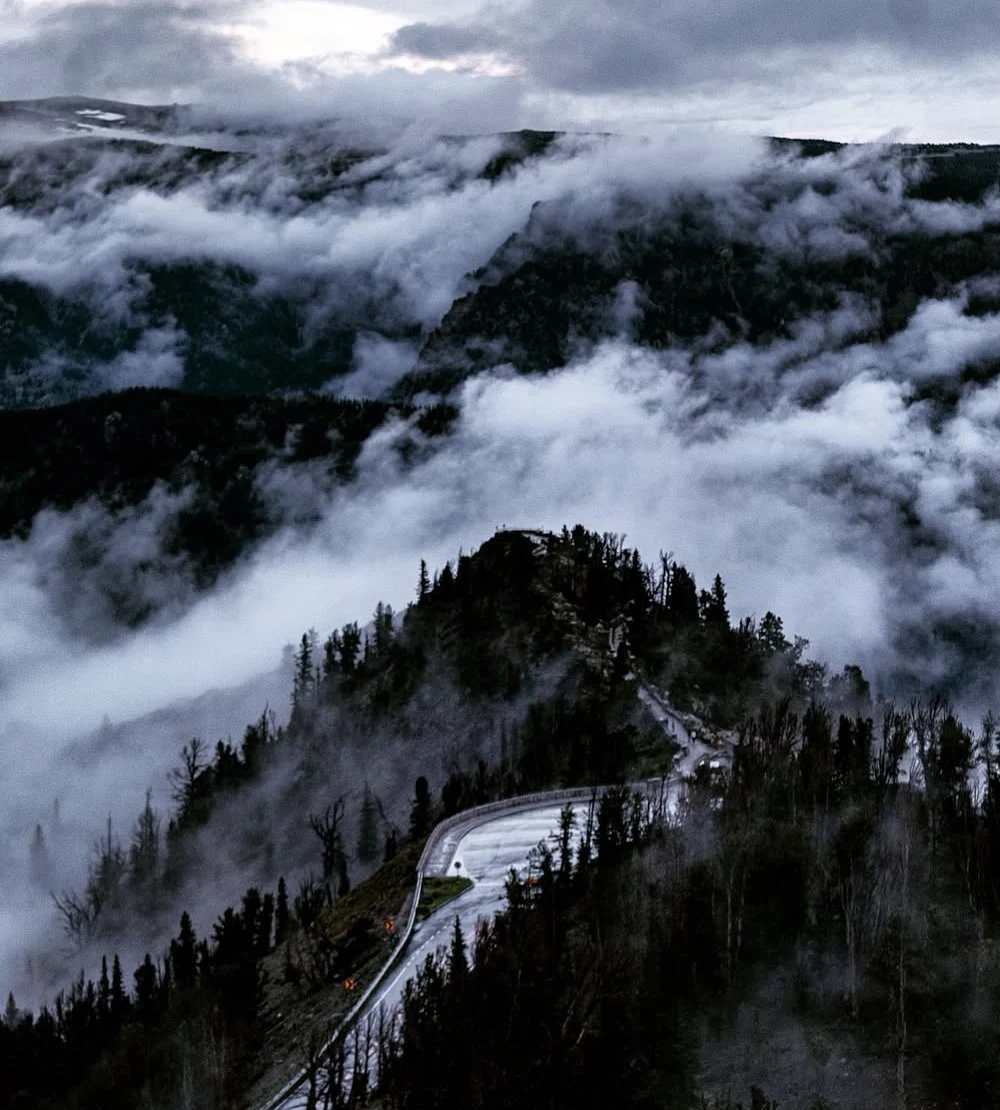
Carved into the rugged wilderness between Montana and Wyoming, the Beartooth Pass stands as America’s most challenging and formidable mountain pass. This legendary route climbs to a staggering 10,947 feet above sea level.
It has the highest elevation highway in both states and is one of the most challenging drives in North America. The pass cuts through the Absaroka-Beartooth Mountains, where jagged peaks pierce the sky and alpine tundra stretches endlessly in every direction.
Construction History: A Decade of Extreme Engineering
The construction of this engineering marvel began in the 1930s, requiring crews to work in brutal conditions at extreme altitudes. Workers battled subzero temperatures, sudden blizzards, and treacherous terrain to carve 68 switchbacks across 68 miles of unforgiving mountain landscape.
The project took nearly a decade to complete, with construction crews often unable to work more than four months per year due to weather conditions.
Weather Challenges: Seven Months of Isolation
Today, those same weather challenges define the Beartooth Pass experience. The route remains a treacherous mountain road, sealed off from the world for over seven months annually due to snow accumulations that can reach 20 feet deep.
Even during the brief summer window from late May to mid-October, conditions change without warning. Weather stations have recorded winds exceeding 75 mph, capable of pushing vehicles off the narrow roadway.
Global Comparison: Why Beartooth Stands Apart
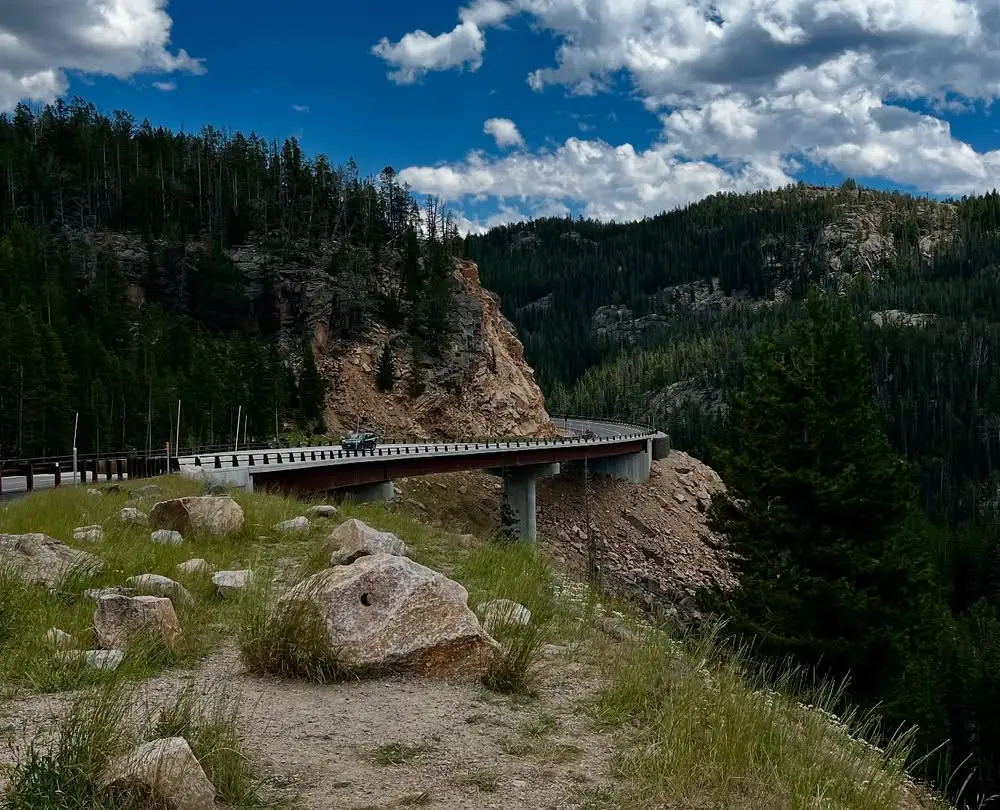
Unlike Europe’s famous Alpine passes with their protective tunnels and modern safety features, or South America’s mountain routes with consistent weather patterns, Beartooth offers no forgiveness. This sets Beartooth apart from other extreme road trips around the world.
There are no escape routes once committed to certain sections, no cell phone coverage for miles, and no guarantee that weather conditions won’t deteriorate faster than drivers can react.
Driver Testimonials: The Psychological Challenge
Experienced drivers who’ve conquered the Stelvio Pass in Italy or the Transfăgărășan in Romania consistently rank Beartooth as more psychologically demanding. The combination of extreme elevation, unpredictable weather, and America’s tendency toward minimal safety infrastructure creates a driving experience that tests both skill and nerve in ways that few other dangerous mountain roads can match.
One seasoned adventure driver described their first encounter: “I’ve driven challenging mountain passes on four continents, but nothing prepared me for that first glimpse over the edge at Beartooth. The vastness, the exposure, the complete isolation; it’s humbling in a way that changes your perspective on what driving means.”
This isn’t just another scenic mountain drive; it’s a rite of passage that has earned its reputation through decades of testing even the most confident drivers.
What Makes This Mountain Pass So Terrifying (And Why Drivers Keep Coming Back)
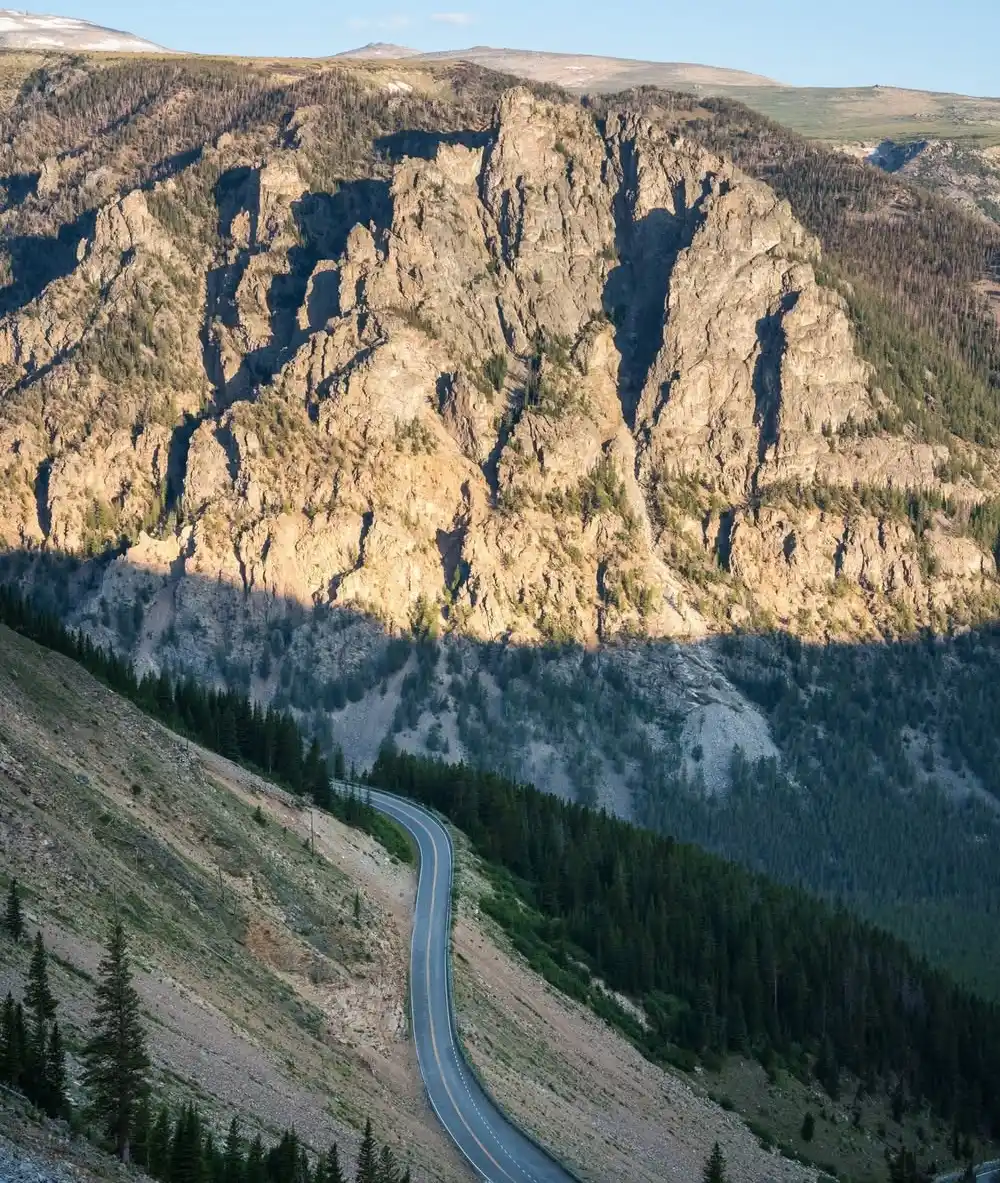
The Absence of Safety: Miles Without Guardrails
The terror of Beartooth Pass begins with what drivers can’t see: guardrails. For miles at a stretch, nothing separates vehicles from thousand-foot drops except a narrow shoulder and the driver’s skill.
The roadway itself measures just 20 feet wide in many sections, forcing drivers to steer dangerous mountain roads with margins for error measured in inches rather than feet.
Extreme Weather Changes: From Summer to Winter in Minutes
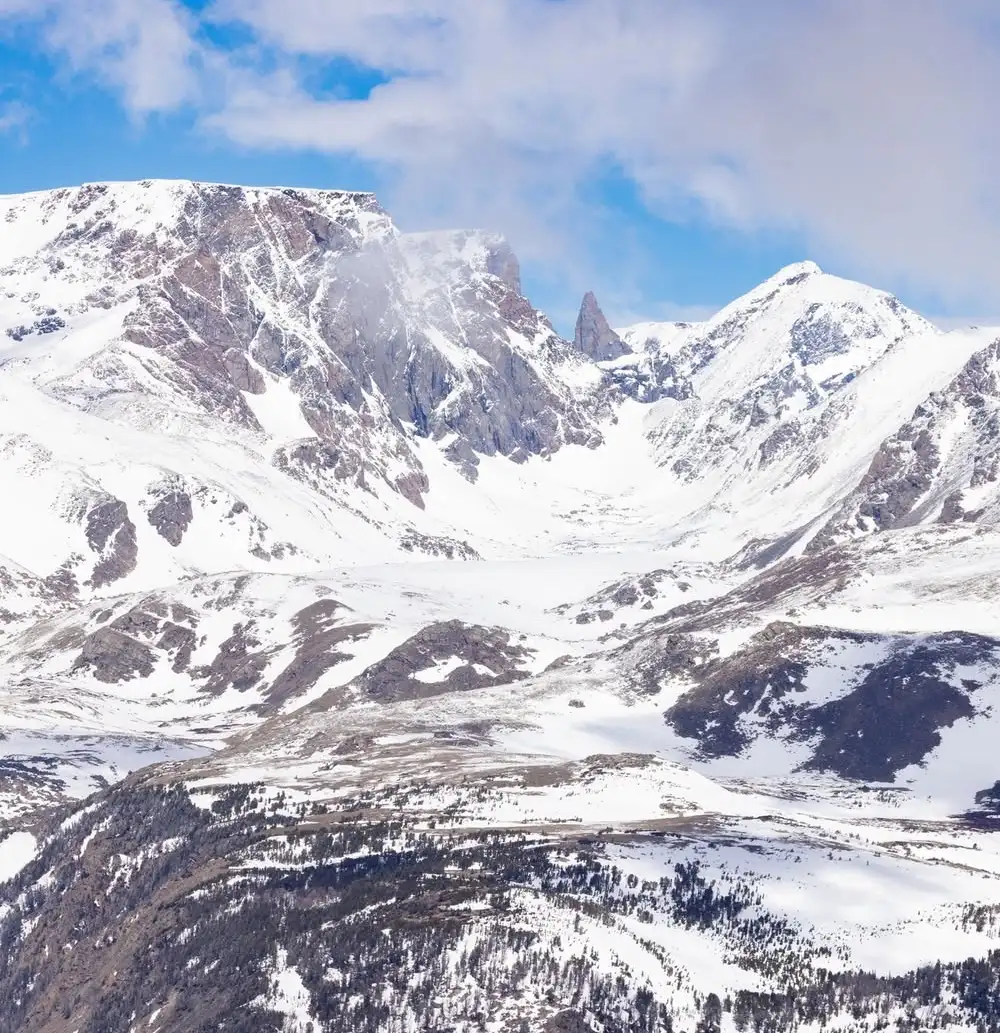
Weather conditions can transform from pleasant to life-threatening in minutes. Drivers have reported temperature drops of 40°F within 30 minutes, accompanied by sudden snow squalls that reduce visibility to mere yards.
These aren’t gradual changes that allow for adjustment; they’re dramatic atmospheric shifts that can catch even experienced mountain drivers completely off guard. Summer morning temperatures in the 70s can plummet to freezing by afternoon, turning rain into ice and clear roads into skating rinks.
Technical Driving Challenges: When Roads Push Limits
The physical demands of the road itself push both vehicles and drivers to their limits. Steep grades of 6% combined with 180-degree switchback turns create scenarios where drivers must simultaneously manage engine braking, steering precision, and psychological stress.
The constant elevation changes affect engine performance, while the tight turns demand absolute focus for hours at a time.
Wildlife Encounters: Unexpected Road Companions
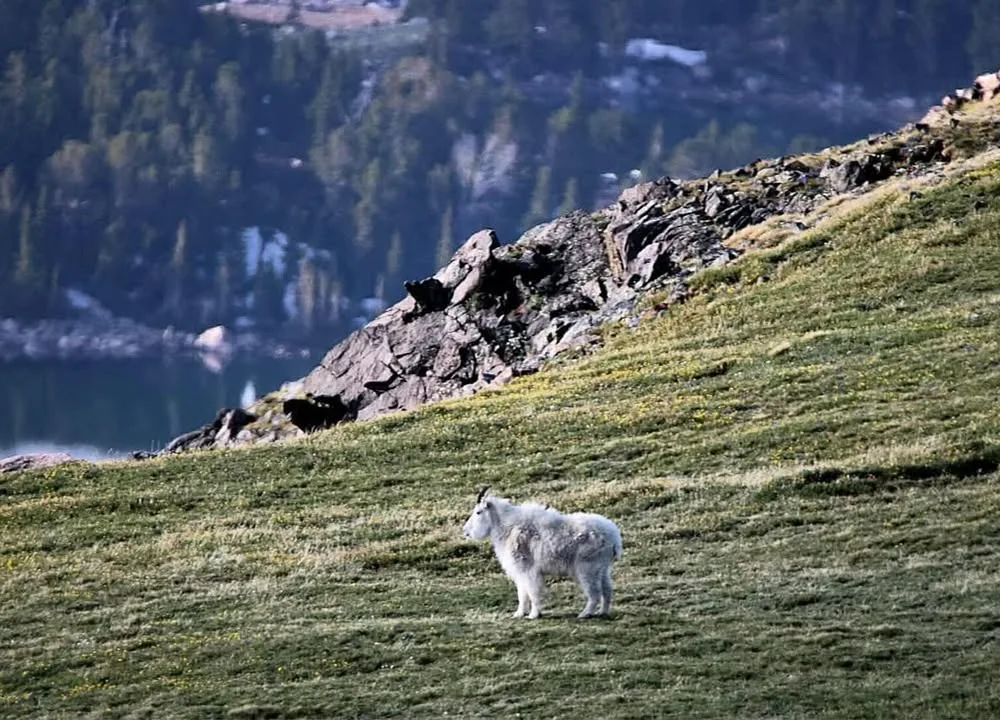
Wildlife encounters add another layer of unpredictability. Mountain goats regularly wander onto the roadway, seemingly oblivious to approaching vehicles.
These encounters aren’t brief roadside glimpses; they’re standoffs where 200-pound animals with sharp horns decide whether to move, often taking their time while drivers wait nervously on narrow sections with nowhere to go. Black bears have been spotted on the pass, and elk herds occasionally block sections of road.
The Psychological Factor: Mental Exhaustion from Constant Exposure
The most challenging aspect is psychological. The sheer exposure and the constant awareness of the abyss just feet away create a mental load that exhausts even confident drivers.
Every turn reveals another breathtaking drop, another section without barriers, another reminder of just how isolated and vulnerable drivers become on this route.
The Addiction Factor: Why Terror Becomes Triumph
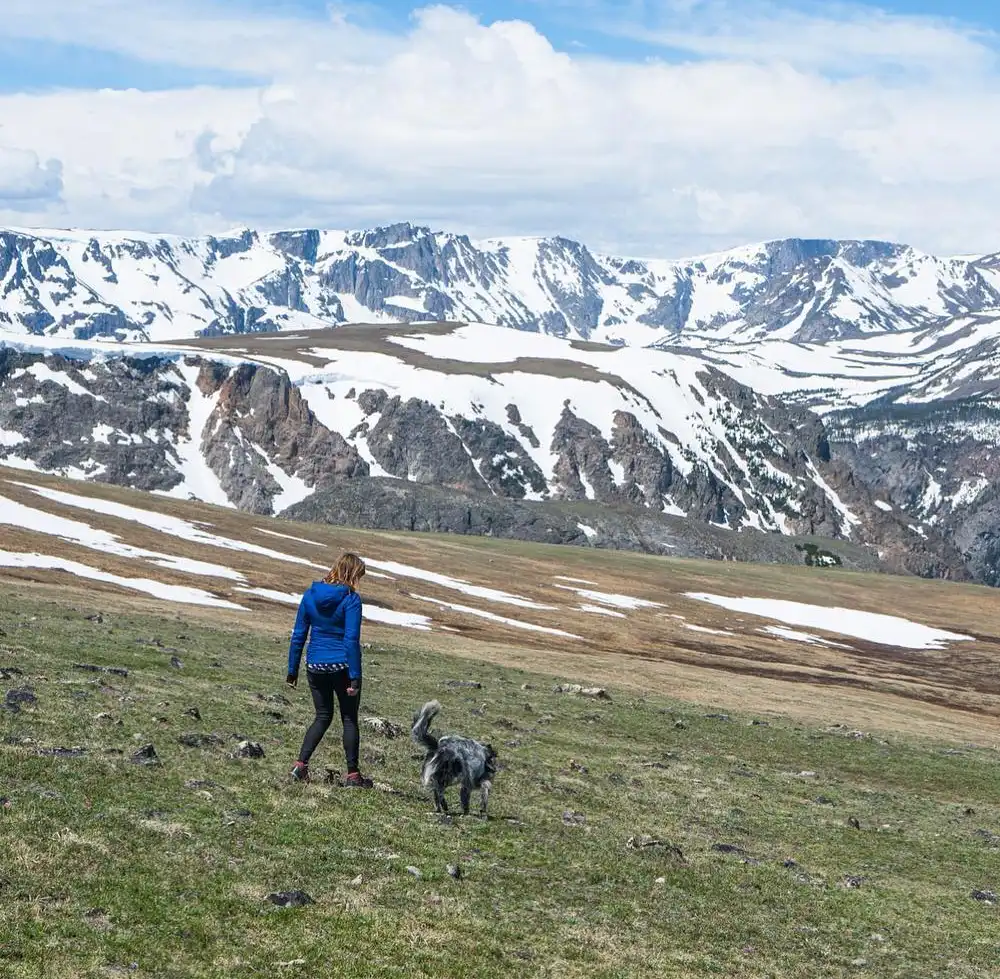
Still, drivers return, often multiple times. The same elements that create terror also deliver an unmatched sense of accomplishment. Conquering those fears, successfully steering the technical challenges, and experiencing the raw beauty of high-altitude wilderness creates an addiction that few other dangerous mountain roads can match.
The psychological reward system kicks in powerfully: fear transforms into respect, anxiety becomes focus, and the initial terror evolves into a profound appreciation for both the landscape and personal capabilities. This transformation explains why Beartooth Pass maintains a devoted following among serious driving enthusiasts who seek experiences that push boundaries and create lasting memories.
Essential Mountain Driving Tips: How to Conquer Your Fear
Vehicle Preparation: Beyond Basic Maintenance
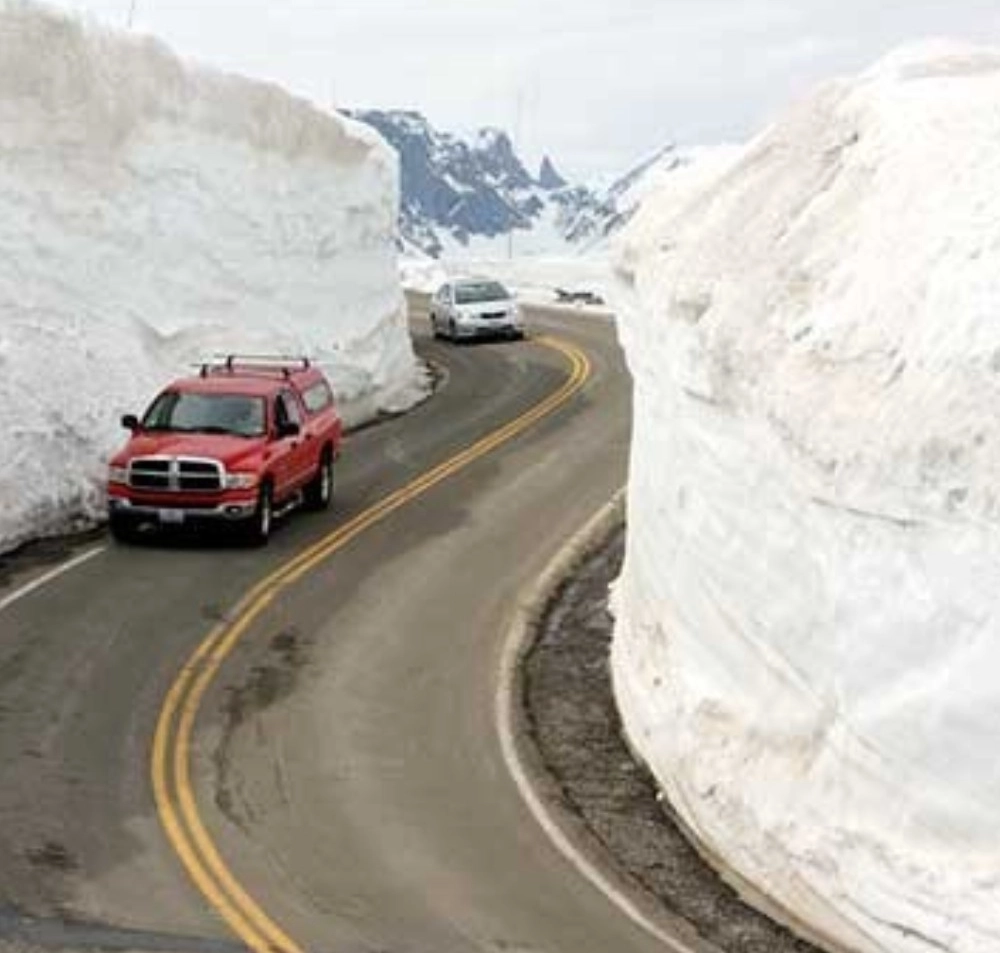
Successfully conquering the scariest mountain pass requires preparation that goes far beyond checking tire pressure and fuel levels. Vehicle preparation begins with a comprehensive mechanical inspection focusing on high-altitude performance.
Brakes deserve special attention since they’ll work harder on steep descents. Brake fluid should be fresh, pads should have substantial material remaining, and the cooling system must handle extended use without overheating.
Engine cooling systems face double stress at altitude, where thinner air reduces cooling efficiency while steep grades demand maximum power.
Mental Preparation: Rehearsing for Success
Mental preparation proves equally critical and often overlooked in mountain driving tips discussions. Experienced drivers recommend visualization techniques, mentally rehearsing challenging scenarios before encountering them on the road.
This includes practicing emergency responses like what to do if weather suddenly deteriorates, how to handle wildlife encounters, and where to position the vehicle if stopping becomes necessary.
Fear management starts with accepting that some anxiety is natural and beneficial; it keeps drivers alert and respectful of the conditions.
Speed and Braking Strategies: The Art of Control
Speed management becomes an art form on mountain passes. The main focus involves maintaining consistent, controlled speeds rather than alternating between fast and slow sections.
Experienced drivers use engine braking extensively, downshifting before turns rather than relying solely on brake pedals. This technique prevents brake overheating while maintaining better vehicle control. On Beartooth’s steep descents, staying in lower gears allows the engine to help control speed naturally.
Weather Monitoring: Multiple Sources, Constant Vigilance
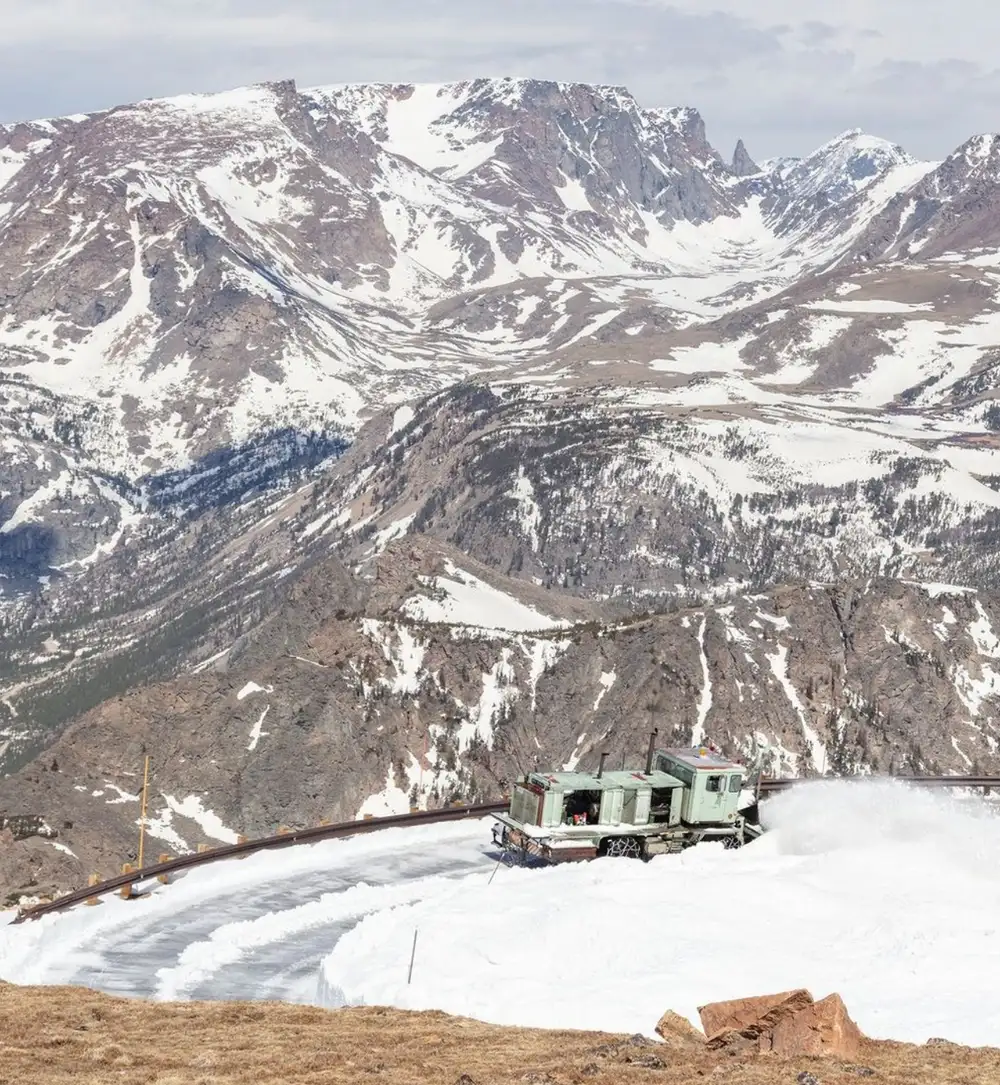
Weather monitoring requires multiple information sources and constant vigilance. The WeatherBug app provides hyperlocal mountain conditions with hourly updates, while NOAA weather radio frequencies (162.400, 162.475, and 162.550 MHz) offer continuous broadcasts for the Beartooth region.
Smart drivers check conditions not just for their travel day, but for the previous 24 hours to understand trend patterns. Mountain weather changes rapidly, and afternoon thunderstorms can create hazardous conditions even on clear mornings.
Emergency Supplies: Beyond the Basic Kit
Emergency supplies extend beyond usual roadside kits when tackling challenging mountain passes. Essential additions include warm clothing layers regardless of season, extra food and water for potential delays, emergency communication devices like satellite messengers for areas without cell coverage, and basic tools for minor repairs.
A comprehensive emergency road kit should include jumper cables, tire repair supplies, reflective triangles, flashlights with extra batteries, and a first-aid kit designed for remote locations.
Communication Planning: Staying Connected in Dead Zones
Communication planning matters more than many drivers realize. Cell phone coverage remains spotty or nonexistent across large sections of mountain passes.
Drivers should inform others of their planned route and expected arrival times, establish check-in protocols for longer trips, and consider satellite communication devices for true emergencies. Modern GPS units with offline map capabilities prevent navigation disasters when cell service disappears.
Building Confidence: From Fear to Respect
The mental shift from fear to respect happens gradually through preparation and experience. Each successful challenge builds confidence for the next, transforming the scariest mountain pass from an insurmountable obstacle into an achievable goal requiring proper preparation, respect for conditions, and honest assessment of personal capabilities.
The Rewards That Make This Extreme Road Trip Unforgettable
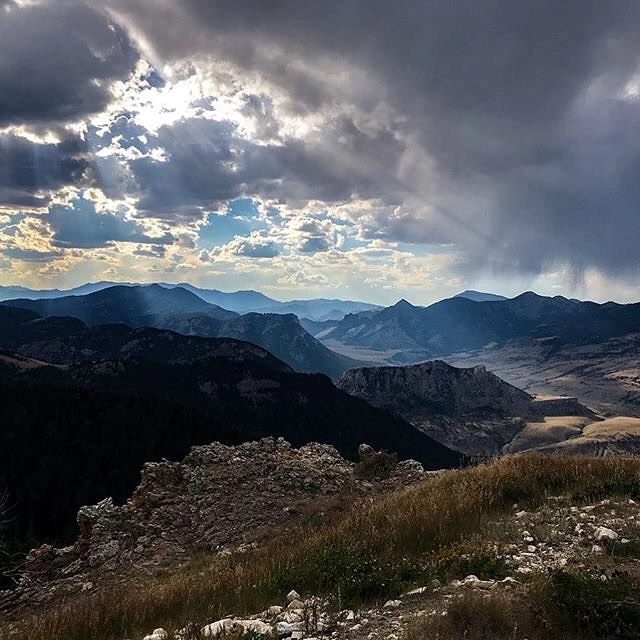
Access to Hidden Landscapes: Where Few Dare to Go
The payoff for conquering challenging mountain passes extends far beyond simple bragging rights. Drivers who successfully steer these routes gain access to landscapes that remain invisible to casual travelers, experiencing wilderness areas that exist nowhere else on Earth.
Extreme road trips through high mountain passes reveal ecosystems found only at extreme altitudes, where alpine tundra stretches endlessly and wildflowers bloom in brief, intense displays of color.
Photography Paradise: Alpine Lakes and Dramatic Lighting
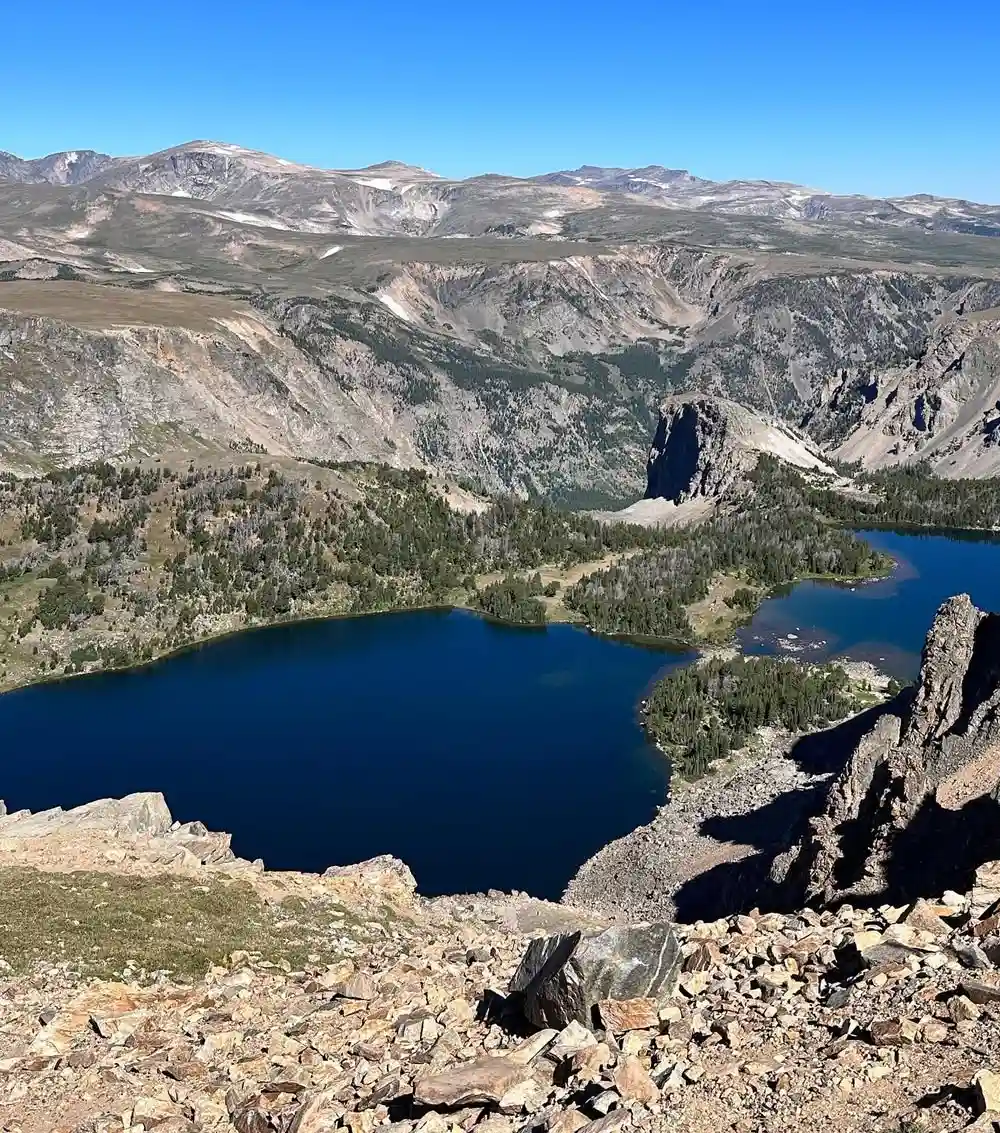
Alpine lakes at 10,000+ feet elevation offer photographic opportunities that professional landscape photographers travel across continents to capture. These pristine bodies of water, often still partially frozen in midsummer, reflect towering peaks with crystal clarity that simply doesn’t exist at lower elevations.
The combination of thin air, intense sunlight, and dramatic elevation changes creates lighting conditions that transform ordinary moments into extraordinary memories.
Geological Wonders: Millennia of Earth’s History
Glacier-carved valleys showcase geological forces on a scale that humbles human perspective. U-shaped valleys, carved over millennia by massive ice flows, create dramatic landscapes where waterfalls flow thousands of feet and rock formations tell stories spanning millions of years.
Drivers gain intimate access to these geological wonders, experiencing them from perspectives impossible to achieve through casual tourism or distant viewing points.
Personal Growth: Confidence That Extends Beyond Driving
The personal growth dimension of mountain driving challenges creates lasting confidence that extends far beyond automotive skills. Successfully navigating technical driving situations, managing fear in high-stress environments, and making sound decisions under pressure builds self-reliance that influences other areas.
Many drivers report that conquering mountain passes changed their approach to other challenges, providing concrete evidence of personal capabilities they didn’t know they possessed.
Lasting Memories: Stories That Improve with Time
Stories gained from these experiences become treasured memories that improve with age. Unlike typical vacation experiences that fade over time, the intensity and uniqueness of challenging mountain drives create vivid, lasting memories.
These adventures provide conversation material that connects drivers with others who share similar passions, creating bonds through shared understanding of what these experiences truly demand.
The transformation from terror to triumph creates a profound appreciation for both natural beauty and personal resilience.
Should You Attempt the Scariest Mountain Pass? (Honest Assessment)

Skill Level Requirements: Brutally Honest Self-Assessment
Determining readiness for the scariest mountain pass requires brutally honest self-assessment across multiple dimensions. Driving skill evaluation should focus on comfort with manual transmissions, experience with steep mountain grades, and confidence in tight maneuvering situations.
Drivers who struggle with parallel parking or feel anxious on highway on-ramps aren’t ready for mountain pass challenges that demand split-second decisions and precise vehicle control.
Vehicle Requirements: Capability Over Prestige
Vehicle requirements extend beyond basic mechanical soundness to specific capabilities. All-wheel or four-wheel drive systems provide crucial traction advantages, while vehicles with adequate power-to-weight ratios handle altitude changes more effectively.
Cars with low ground clearance, worn tires, or marginal brake systems simply aren’t suitable for serious mountain pass attempts. Age and reliability matter more than prestige; a well-maintained older vehicle often outperforms a newer car with a questionable maintenance history.
Timing Considerations: When Windows Open and Close
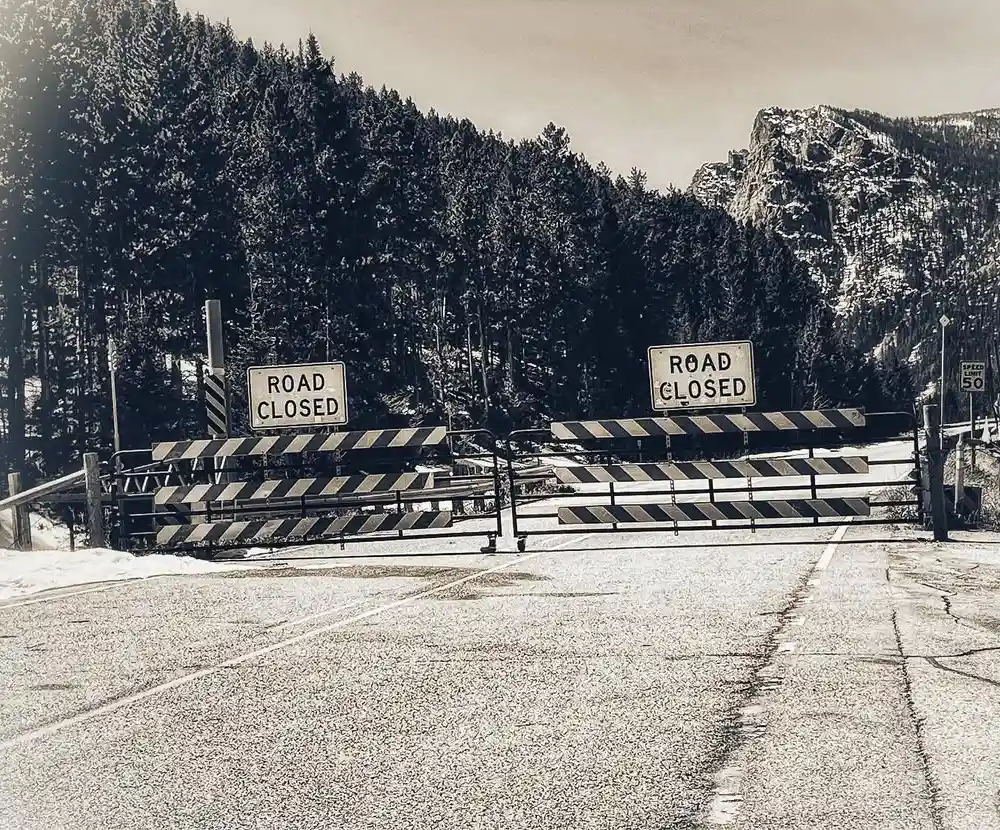
Timing considerations can make the difference between adventure and disaster. Late June through early September provides the most stable conditions for dangerous mountain roads like Beartooth Pass. Even summer months offer no guarantees.
Early morning starts help avoid afternoon thunderstorms and allow completion during optimal conditions. Weather windows can close rapidly. Flexible travel plans accommodate changing conditions better than rigid schedules.
Alternative Routes: Building Skills Gradually
Alternative routes exist for different comfort levels and skill sets. Drivers seeking mountain experiences without extreme exposure might consider passes with better safety infrastructure, consistent weather patterns, or shorter commitment distances.
The Going-to-the-Sun Road in Glacier National Park offers spectacular mountain scenery with better safety features, while Colorado’s Independence Pass provides altitude challenges with more escape routes.
When NOT to Attempt: Absolute Contraindications
Absolute contraindications for attempting challenging mountain passes include recent mechanical problems with the vehicle, drivers taking medications that affect alertness or reaction time, severe weather in the forecast, or personal stress levels that compromise focus and decision-making.
Mountain driving tips consistently emphasize that ego-driven decisions lead to dangerous situations that put both drivers and rescue personnel at risk.
Experience Building: Progressive Challenges
Experience building should happen gradually through progressively challenging routes rather than jumping directly to the most difficult passes. Starting with shorter mountain drives, practicing in similar but less exposed conditions, and gaining confidence through successful completion of easier challenges builds the skill foundation necessary for truly demanding routes.
The Bottom Line: Patience Over Ego
The honest answer for most drivers is to wait until preparation, experience, and conditions align properly rather than forcing the timeline to meet personal desires or vacation schedules.

